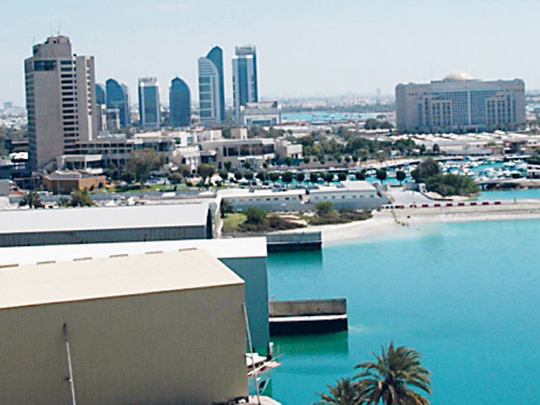
Abu Dhabi: For its latest waterfront project, the Al Bateen, Abu Dhabi has once again struck a fine balance between its development priorities and ensuring environmental sanctity. The Al Bateen design guidelines have now been issued to developers and property owners with interests along the waterfront.
The stated purpose of the ‘Bateen Waterfront Design Guidelines' is to provide all stakeholders with the right framework to achieve common goals. These also form part of Plan Abu Dhabi 2030, which has at its core the transformation of the emirate into one of the premier global cities within the next 20 years.
For the actual Al Bateen development, there will be dedicated land for the creation of a residential community as well as other commercial opportunities. The project aims to bring about key lifestyle enhancements for the city's residents and visitors.
The cost of development and the schedules for the many phases are to be fin-alised by UPC in the near term.
"The newly unveiled Bateen waterfront will preserve public connectivity from the waterfront to the primary public access routes of the city and provide continuous open public access at the water's edge for people of all ages and abilities," says Falah Al Ahbabi, general manager of Abu Dhabi's Urban Planning Council, which has issued the guidelines for Al Bateen.
Innovative arrangements will come into play to shade and cool the public realm even during the peak of summer. Transportation networks and extensive green spaces feature prominently in the design.
The waterfront will have easy connections to the many routes into and out of the capital city. A primary pedestrian connection running perpendicular to the waterfront and linking the immediate neighbourhoods will be identified and preserved for public use.
The promenade, from 10 to 12 meters in width, can accommodate pedestrian pathways, bicycling paths and outdoor seating. In addition, the promenade is to incorporate sustainability practices such as water-wise plants, recycled water for irrigation and green materials.
Speaking to Gulf News, Therese Hoy, senior associate planner for maritime at UPC, said the promenade will accommodate a six-metre dedicated pedestrian path; a cycle path (three metres), cafes, dedicated public seating areas, way-finding lighting and signage, landscaping and green areas, and multiple transportation choices as alternatives to automobiles.
A bicycle storage unit will also be located in an area accessible to the public. Durable and natural materials that take into account the marine climate and a dhow/fishing village environment will be utilised.
Moreover, berthing for up to 800 boats feature in the ambitious plan. There will be a range of apartments and villas choices, offices, hotels and retail outlets along the waterfront, with many of the hotels having prime beachfronts. Senior UPC officials cite the existing Intercontinental Hotel Abu Dhabi as a property optimally utilising the waterfront space available to it.











